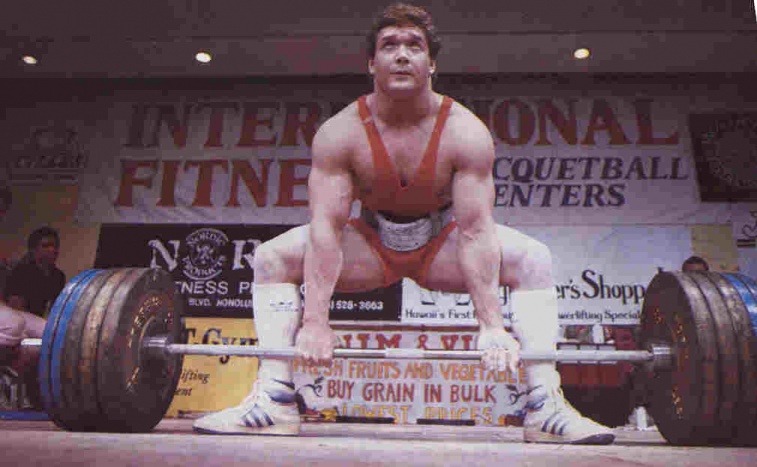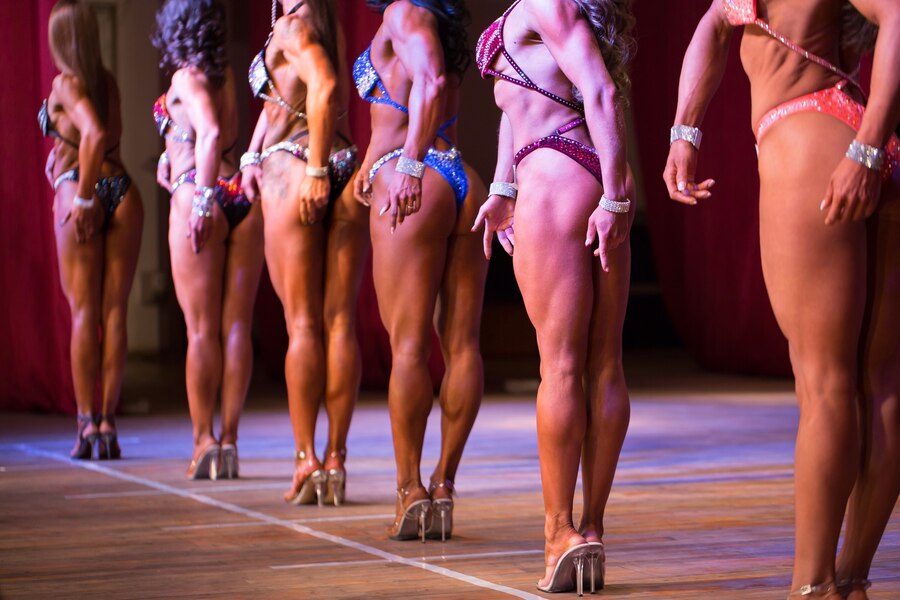We see a lot of specific warmups for powerlifting, such as the Lock 5 and Limber 11, which are great mobility warmups but they don’t provide the full gamut of what is needed.
So, we took to the streets and researched what the experts had to say, combined with what we generally need. The most effective warmup for powerlifting, according to a variety of experts, typically involves a blend of general and specific movements that prepare the body for the heavy loads involved in squats, deadlifts, and bench presses. So, an all encompassing approach that can be done before every session. A consensus from strength coaches and sports scientists suggests the following approach:
1. General Warmup (5-10 Minutes)
- Purpose: Increase core temperature, blood flow, and joint mobility.
- Recommended Exercises:
- Light cardio: Low-intensity cycling, rowing, brisk walking, or jogging to elevate heart rate.
- Our thoughts: We love a good 3-5 minutes on the stepper to get the heart rate to about 80% of HRM.
- Dynamic stretches: Arm circles, leg swings, and torso twists to mobilize joints.
- Our thoughts: We like to throw in some band movements here, but make sure you are doing things that you need and will help.
- Foam rolling: Target areas like quads, hamstrings, glutes, and lats for soft tissue release.
- Our thoughts: We don’t usually do much foam rolling, but maybe we should if the experts say so?
- Light cardio: Low-intensity cycling, rowing, brisk walking, or jogging to elevate heart rate.
2. Mobility and Activation Work (5-10 Minutes)
- Purpose: Increase range of motion and activate muscles used in powerlifting.
- Key Areas to Target:
- Hip mobility: Hip flexor stretches, hip circles, or lunges.
- Our thoughts: Yes, these are a must. Hip health has been linked to shoulder health, did you know that?
- Ankle mobility: Ankle dorsiflexion stretches or banded ankle distractions.
- Our thoughts: Again, YES!
- Thoracic mobility: Cat-cow stretches, thoracic rotations, or wall slides.
- Our thoughts: Third time a charm, YES!
- Glute and core activation: Glute bridges, banded lateral walks, bird dogs, or dead bugs.
- Our thoughts: Core work can be tricky before training; you want enough to activate and prep it, but not enough to exhaust it. Especially since the low blood flow, delicate lower back muscles are tied to the core and you do not want them burning out before everything else.
- Hip mobility: Hip flexor stretches, hip circles, or lunges.
3. Specific Warmup (5-10 Minutes)
- Purpose: Prime the exact movement pattern of the lift you’re about to perform.
- Key Elements:
- Start with the empty bar and progressively increase weight with 3-5 sets of low reps (1-5 reps) as you approach your working sets.
- Focus on perfecting technique during these warmup sets.
- Example for squat warmup:
- Bar x 10 reps
- 50% of working weight x 5 reps
- 70% of working weight x 3 reps
- 80% of working weight x 1-2 reps
- Similar protocols apply to bench press and deadlift.
Expert Tips:
- Tailor to the individual: Adjust your warmup based on individual needs, such as joint limitations or previous injuries. Have ankle mobility issues? Throw in some weight ankle stretches.
- Stay dynamic, not static: Static stretching (long holds) before lifting can reduce power output. Opt for dynamic stretches and muscle activation instead.
- Focus on mental preparation: Use the warmup to mentally rehearse the lift and build confidence in your technique.
So, this is our summary of findings from years of expert advice and research. What do you think? How does your warmup differ of what would you add/remove?


